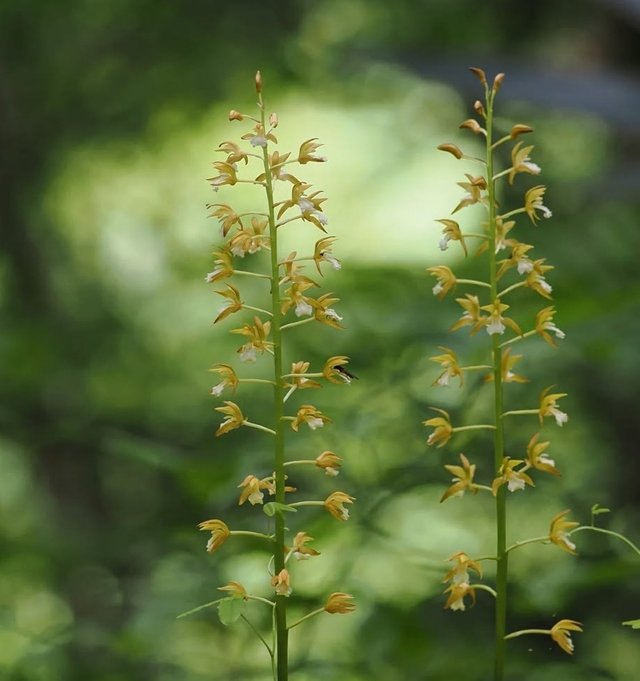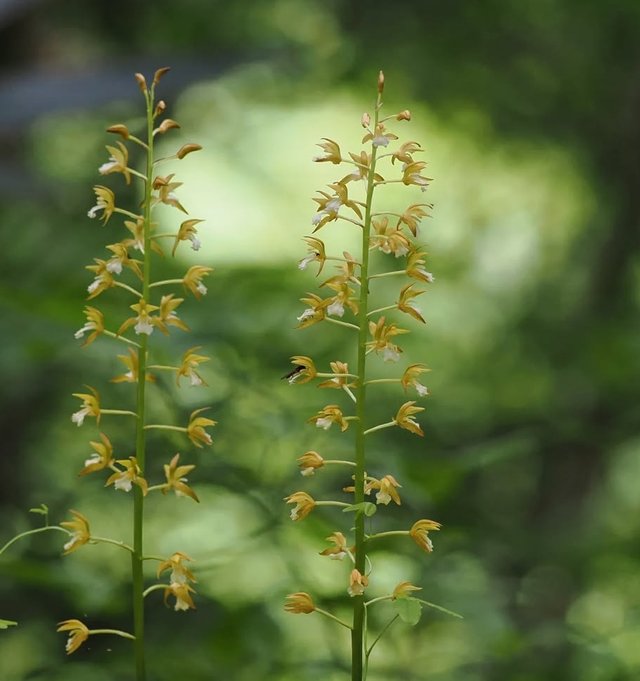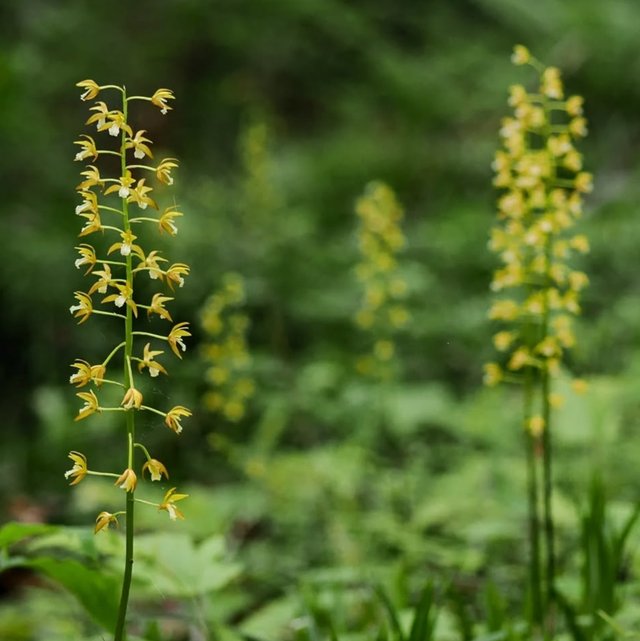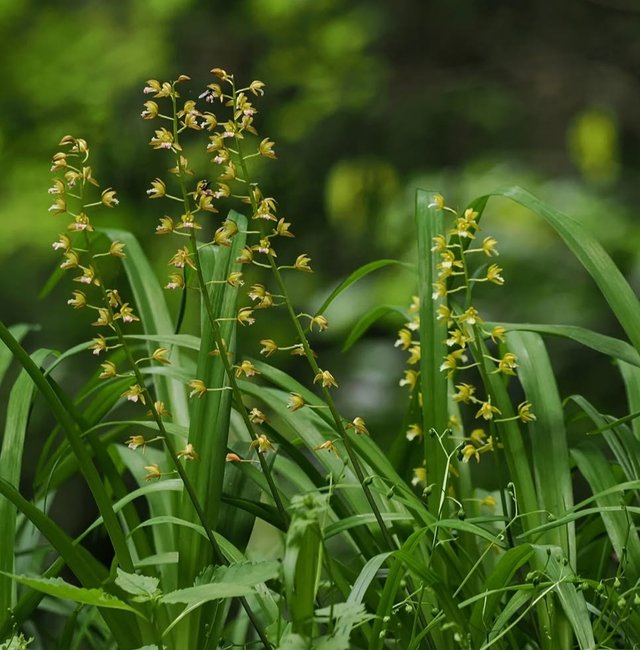So Beautiful Oreorchis Patens Flower
In the shadowy forests and high-altitude slopes of East Asia grows a subtle yet captivating member of the orchid family—Oreorchis patens. Often overlooked in favor of more flamboyant orchid species, Oreorchis patens holds a quiet charm and botanical significance that make it a fascinating subject for both orchid enthusiasts and conservationists alike.
A Hidden Gem of the Orchidaceae Family
Oreorchis patens, commonly known as the "Common Oreorchis," is a terrestrial orchid native to regions of China, Japan, Korea, and parts of Russia. It typically thrives in cool, mountainous environments, often at altitudes ranging from 1,000 to 3,000 meters. Unlike its tropical relatives that drape from trees in vibrant splashes of color, this orchid emerges discreetly from the forest floor, blending into the undergrowth with an air of natural modesty.
This species belongs to the genus Oreorchis, which is comprised of about a dozen terrestrial orchid species. The name "Oreorchis" is derived from the Greek words "oros" and "orchis", a fitting tribute to the environments it calls home.
Botanical Characteristics
The plant grows from a pseudobulb—an underground storage organ—that allows it to survive harsh alpine conditions. Its single or occasionally double narrow leaf is grass-like, emerging early in the growing season. In late spring to mid-summer, Oreorchis patens produces a flowering stem that can reach up to 30–50 centimeters tall, bearing several small, pale yellow to greenish-yellow flowers tinged with brown or purple markings.
Each flower, though not large, is finely detailed, with a three-lobed labellum that serves to attract its specific pollinators—likely small bees or flies adapted to the cooler highland environment. The flowers often give off a subtle fragrance, adding to their understated allure.
Ecological Role and Adaptation
Oreorchis patens is an excellent example of evolutionary adaptation. Its pseudobulbs store nutrients and water, helping it withstand periods of drought or cold. Its roots form symbiotic relationships with mycorrhizal fungi, which aid in nutrient absorption—especially important in the nutrient-poor soils of montane forests.




%20(9).jpeg)